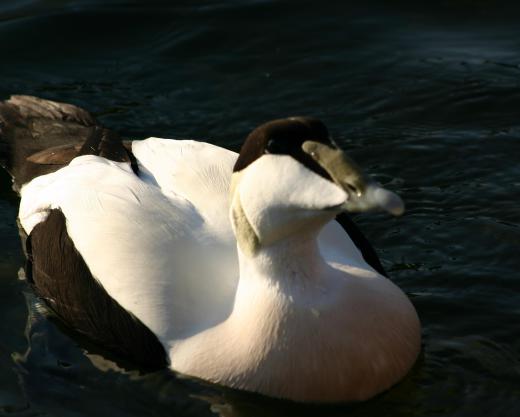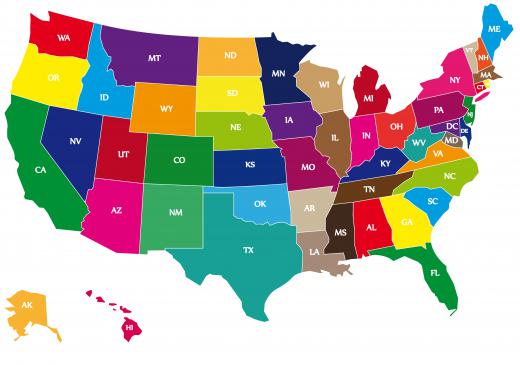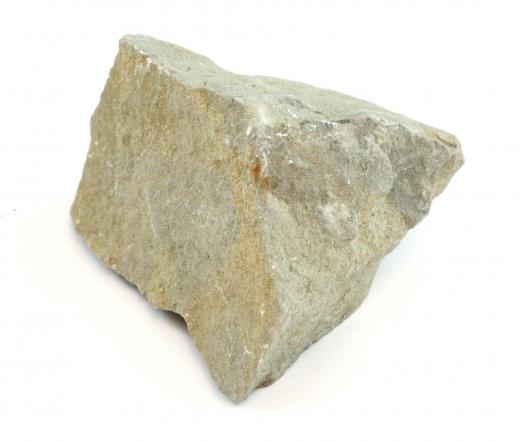What Is a Coastal Plain?
 Mary McMahon
Mary McMahon
A coastal plain is an area of low, mostly flat land adjacent to the ocean. The plain actually extends underwater and is part of the continental shelf. Coastal plains tend to feature unique plant and animal habitats as well as interesting geological features. One of the largest coastal plains in the world extends along the coast of the southern United States, from the mid-Atlantic states all the way to Texas. This plain covers a wide array of environmental conditions and is home to a number of human populations.
Coastal plains develop in a stair-step fashion as the continental shelf slowly surfaces over millions of years of geologic change. Older steps are more worn and tend to be deeply cut by rivers and streams, while newer steps have a less weathered appearance. The slope of the coastal plain is gentle because of the very slow uplift that creates it. Rich deposits of alluvial soil can be found in these regions along with sedimentary rock, often in layers beneath the surface.

Commonly, a coastal plain has a number of marshes and wetlands in addition to large estuarine areas. Sea grasses and other hardy species can be found near the ocean and will transition to scrub and trees. Sometimes these regions are excellent for farming, as the rivers that intersect with them carry loads of alluvial soils and can create rich material for growing crops. The coastal plain is also very prone to flooding because of the low elevation. Human populations may install levees, locks, and other control mechanisms to limit flooding, especially in communities that lie below sea level.

Unique plant and animal species often make their home in the coastal plain and may occupy specific ecological niches. Waterbirds like storks, herons, and ducks tend to frequent the wetlands, for instance. Some coastal plains extend a significant distance inland, while others may be bounded by mountains and other structures that lie relatively close to shore. Human populations tend to settle in these regions for ready access to the ocean; ports, for example, are commonly situated in a coastal plain.

From a geological perspective, such regions can be interesting to study. Geologists can look at the underlying rock and soil deposits to learn more about the history of geological activity in the region. They may find items of interest like deposits of fossils, oil and gas, or aquifers that can be tapped to meet water needs.
AS FEATURED ON:
AS FEATURED ON:
















Discuss this Article
Post your comments